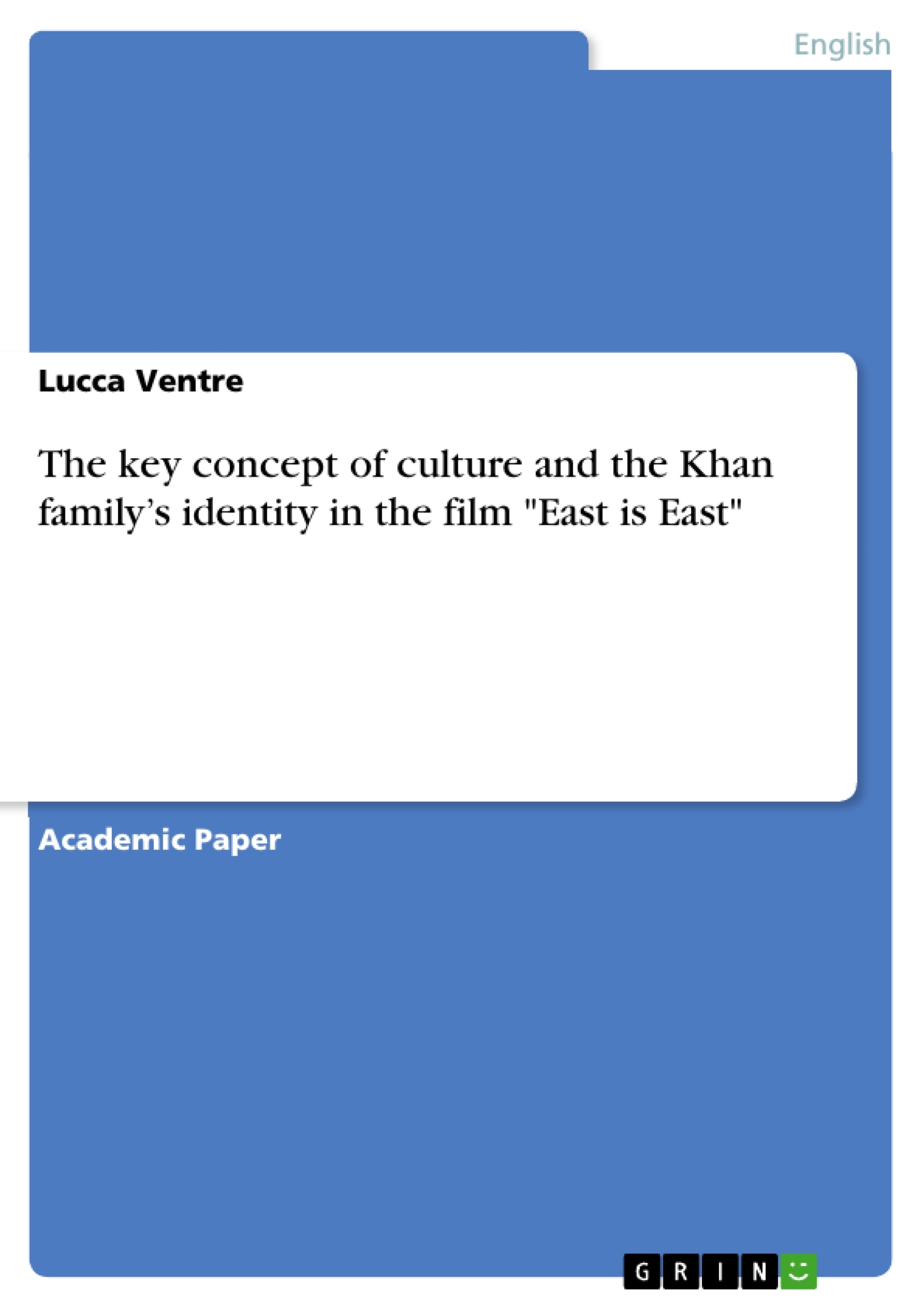When Rudyard Kipling published "The Balled of East and West" a new notion of intercultural competence was created. This very concept is to be elucidated in the proseminar paper with regard to the ballad and the film "East is East".
With the ballad providing the backbone for Khan-Din’s play (1996) and Damien O’Donnell’s film (1999), it is to be discussed in further detail alongside my elucidations on the Khan family’s cultural identity and affiliation throughout the course of the film. The paper will concentrate on the Khan family and their - what I deem - a bitter struggle with their cultural identity and belonging, which is also suggested by Delanoy (2022) and Zapata (2010). Both argue with me in unison that the film displays various manifestations of identity conflicts, proceeding from the pursuit of affiliating to the concept of Britishness. Based on these and other additional scientific texts, the paper will present findings on the Khan family’s search for identity and their evolution over the course of the movie. Since the research questions amounts to “How does the Khan family evolve throughout the film and in which ways does the concept of East is East, and West is West, and never the twain shall meet apply to their demeanor”, the Ballad of East and West will be referenced oftentimes in the paper. By virtue of the relevance for the film, the paper will also provide a brief elucidation on key concepts such as culture and identity construction. To refer to quotes and scenes from the film, the paper will consistently provide textualization and indicate the respective time frame; still, the paper requires the reader to be acquainted with the movie and its milieu.
Inhaltsverzeichnis (Table of Contents)
- Introduction
- The key concept of culture in East is East
- The Khan family's identity in East is East
- About Britishness and identity construction in East is East
- The Ballad of East and West
- Conclusion
Zielsetzung und Themenschwerpunkte (Objectives and Key Themes)
This paper analyzes the film "East is East" (1999), exploring the concept of cultural identity and belonging within the Khan family. Drawing on Rudyard Kipling's poem "The Ballad of East and West," it examines how the film depicts the clash between traditional Pakistani values and the assimilation of British culture by the Khan family. The research focuses on the evolution of the Khan family's identity throughout the film and their struggles with cultural integration within a British context.
- Cultural Identity and Belonging
- Clash of Traditions and Assimilation
- Transcultural Competence and the Ballad of East and West
- The Impact of British Society on Immigrant Families
- The Khan Family's Journey of Self-Discovery
Zusammenfassung der Kapitel (Chapter Summaries)
- Introduction: This chapter introduces the research topic and outlines the paper's focus on the cultural identity struggles of the Khan family in "East is East." It draws on Kipling's poem and presents the research questions that guide the analysis.
- The key concept of culture in East is East: This chapter explores the multifaceted concept of culture and its relevance to the film. It discusses the film's portrayal of cultural clashes and the challenges of transculturality within a globalized world.
- The Khan family's identity in East is East: This chapter dives into the Khan family's identity and the cultural conflict they experience. It examines the character of George Khan, his strict adherence to Pakistani traditions, and the clash with his children's aspirations for assimilation into British society.
Schlüsselwörter (Keywords)
The primary focus of this paper centers on the themes of cultural identity, transcultural competence, Britishness, and immigrant families in a post-colonial context. It delves into the complexities of cultural integration, the clash of traditions, and the impact of British society on the Khan family's search for belonging.
- Quote paper
- Lucca Ventre (Author), 2022, The key concept of culture and the Khan family’s identity in the film "East is East", Munich, GRIN Verlag, https://www.grin.com/document/1291781




